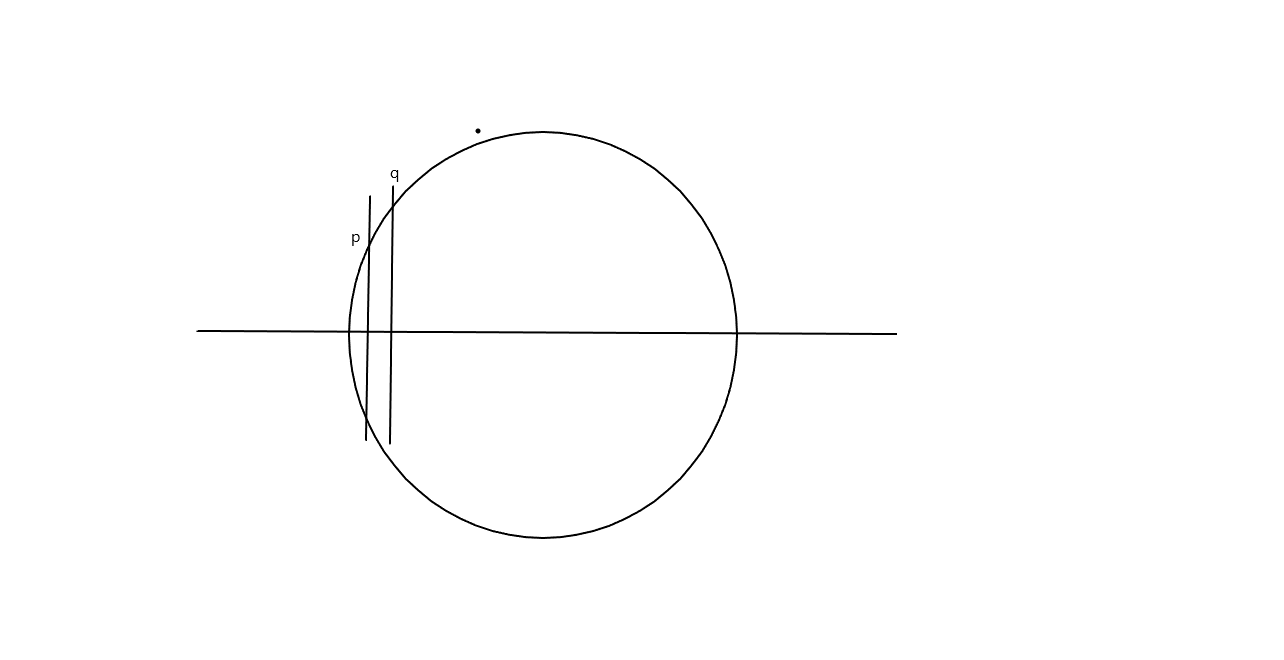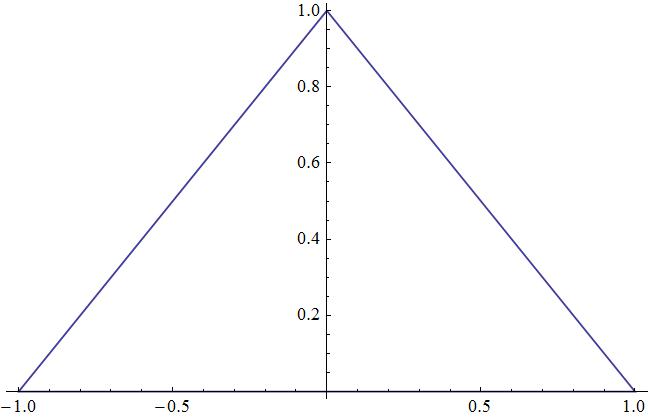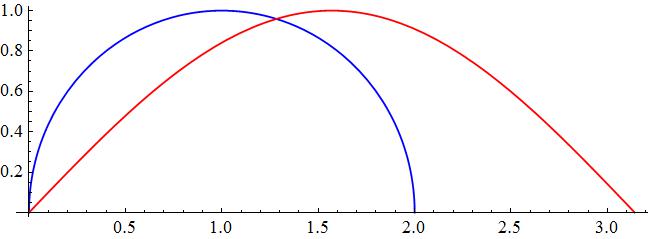Find the average height of a point on a unit semi-circle?
I know that there are two ways of finding the average height of a point on a unit semi circle. The first method involves adding up the heights of an infinite number of points between 1 and -1 and then divide by the total number of points.
The height of each point is given by the explicit equation of the upper unit semi circle (1-x^2)^1/2
Avg(f)=1/(1-(-1)) (∫(1-x^2)^1/2)=pi/4 from x=-1 to x=1
In the second method, we take the average of the function with respect arc length, this time the average is given by 1/pi ∫sinθdθ from θ=0 to θ=pi. Why is the value of the average different when we changed the variable from x to θ even though we are taking the average of the same quantity, the heights of all the points on the unit semi circle.
~~~~~~~~~~~~~~~~~

That's what I wanted to say in a picture
I know that there are two ways of finding the average height of a point on a unit semi circle. The first method involves adding up the heights of an infinite number of points between 1 and -1 and then divide by the total number of points.
The height of each point is given by the explicit equation of the upper unit semi circle (1-x^2)^1/2
Avg(f)=1/(1-(-1)) (∫(1-x^2)^1/2)=pi/4 from x=-1 to x=1
In the second method, we take the average of the function with respect arc length, this time the average is given by 1/pi ∫sinθdθ from θ=0 to θ=pi. Why is the value of the average different when we changed the variable from x to θ even though we are taking the average of the same quantity, the heights of all the points on the unit semi circle.
~~~~~~~~~~~~~~~~~

That's what I wanted to say in a picture
3 Answers
No differences at all!
In Cartesian coordinates
Here
and in polar coordinates knowing that
with
so in polar coordinates
NOTE:
The error is in considering
The sign consideration in
Please see below. Warning -- long answer.
Explanation:
The average value -- the ordinary average value with respect to
Start with a finite average as an approximation
Cut the interval into
On each subinterval, use a single value of
Sum the values of
As
And the limit as
# = 1/(b-a) lim_(nrarroo)(sum_(i=1)^n f(x_i)Delta x)#
# = 1/(b-a) int_a^b f(x) dx#
For the upper unit semicircle , we have:
Using the right enpoint of each subinterval as our representative point, we have
So the average height is
# = 1/2int_1^1sqrt(1-x^2)dx#
The average with respect to arc length cuts the curve (not an interval on the
I'd like to use
For the upper unit semicircle , we have
For each subarc, I'll use the greatest value of
The height of the point on the semicircle is
So the average height w.r.t arc length is
I don't see a reason to expect equality between
Further discussion
Arcs of equal length on the semicircle do not correspond to arcs of equal length on the
For example the arcs of length
As the document I linked says "Points on the semicircle with lower height 'count for more' in the computation with respect to arc length".
See below.
Explanation:
Let
average is
Here
For

Suppose now that we need
then
and now
In this case
As can we observe, in the linear case the result is the same.
Attached a plot with the comparison between



